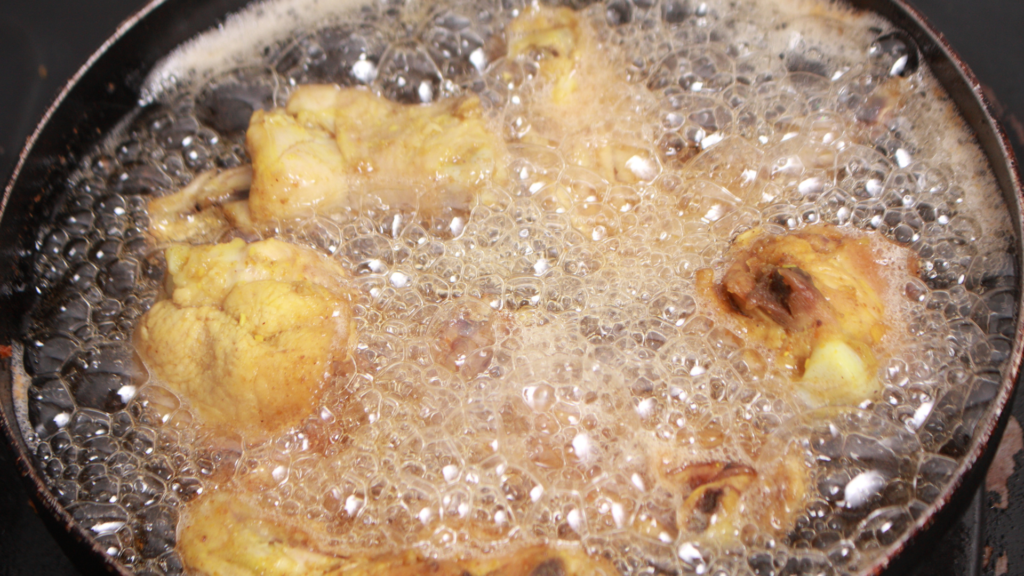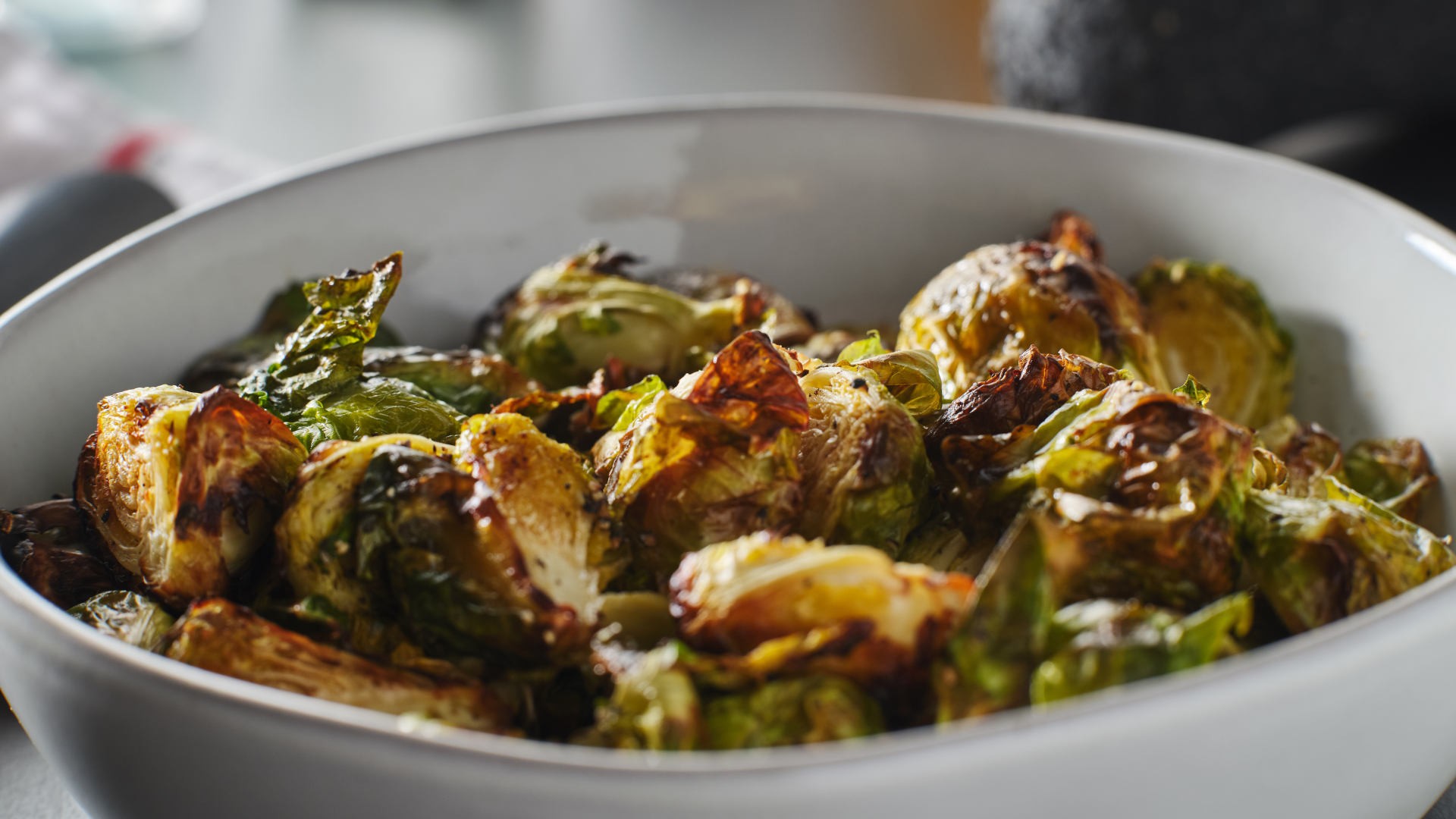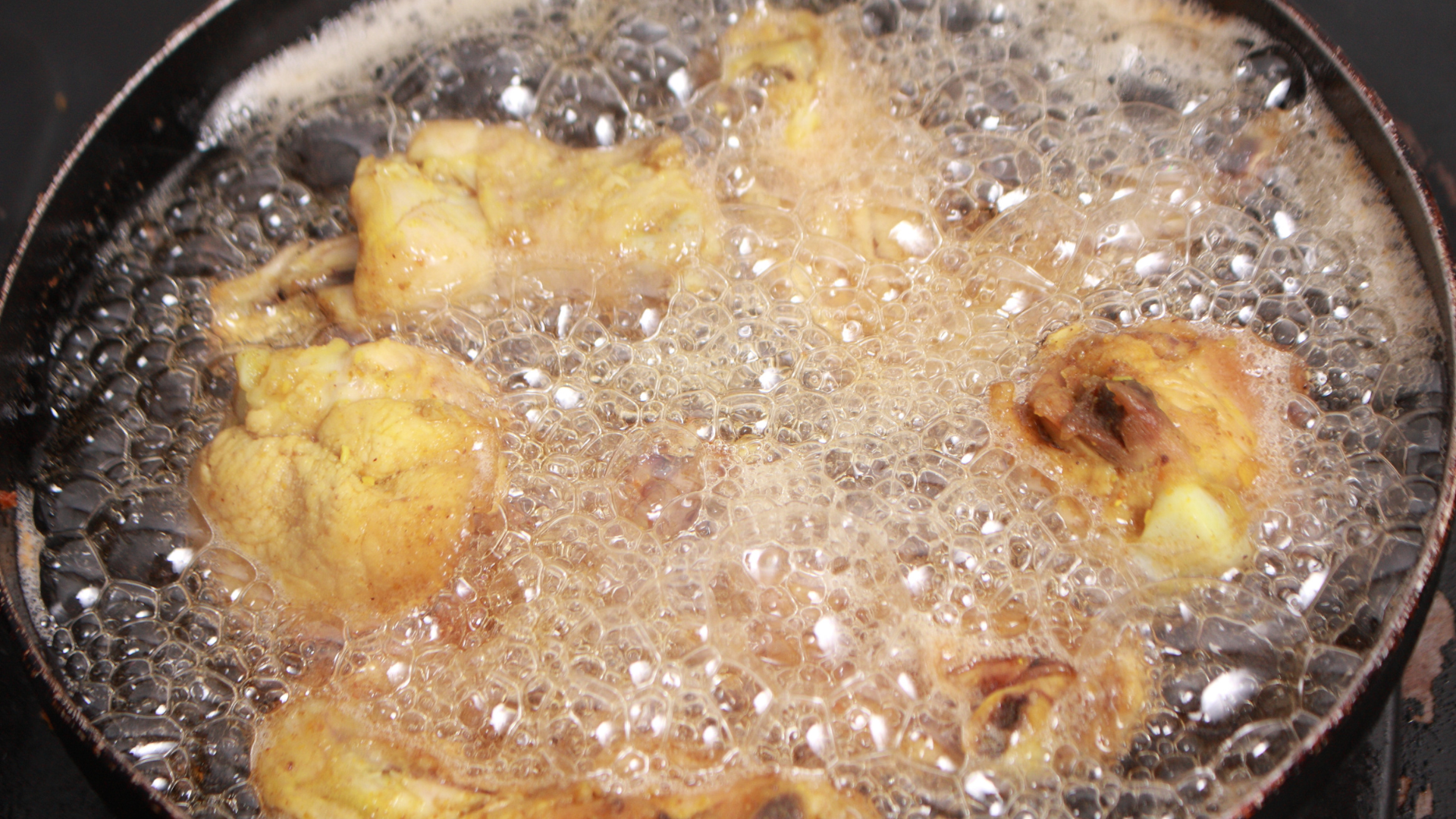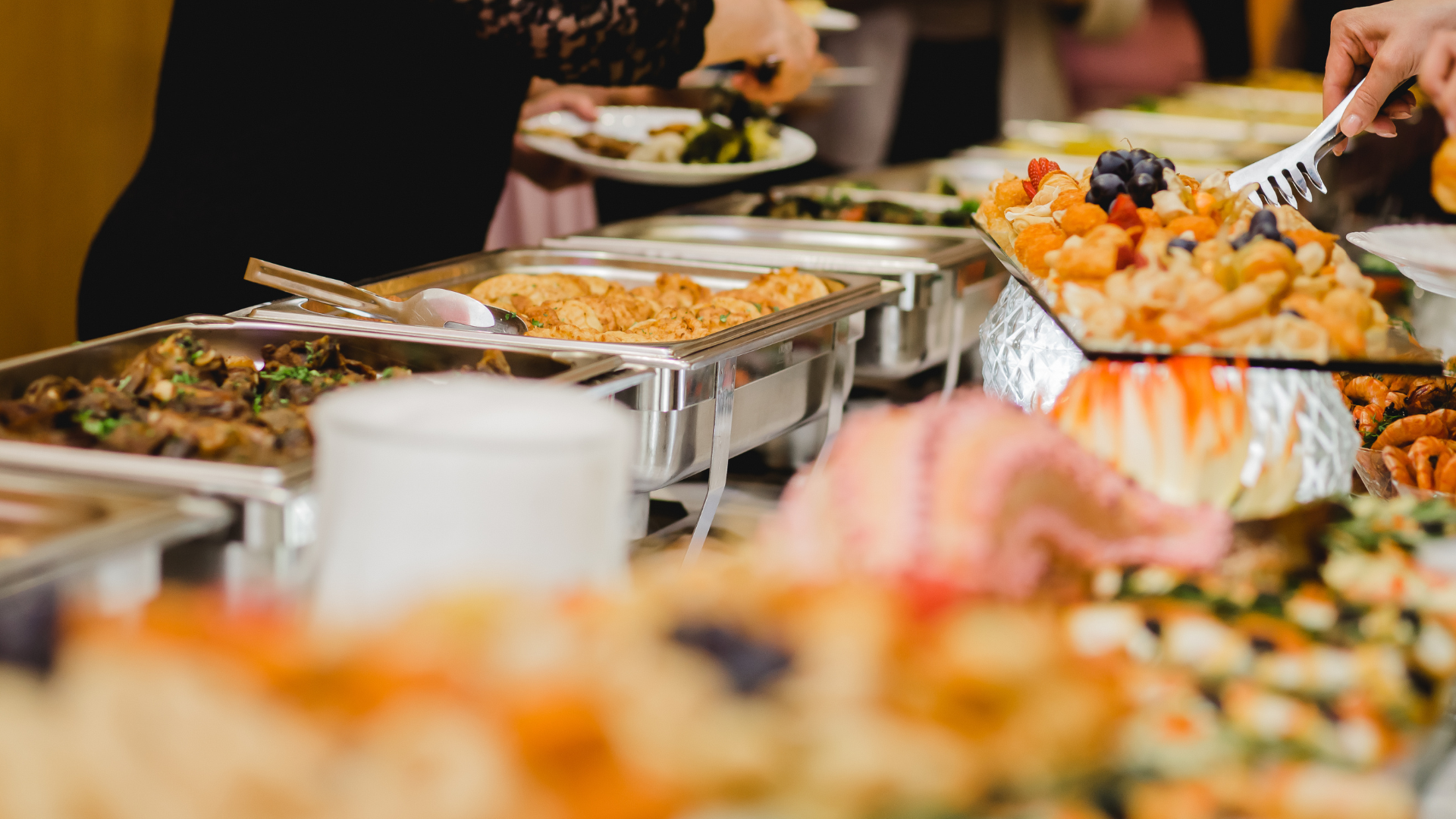Frying foods is one of the most popular ways to cook, and for good reason. It’s quick, simple, and often produces delicious results. But if you are not careful, frying can also produce some pretty nasty results. From a burnt meal to a grease fire in your kitchen, it pays to know what you are doing when you start frying. In this article, we’ll discuss some essential things you should know when frying your favorite foods. From the right temperature to proper oil maintenance and more, you’ll be sure to have a successful and safe fry each time with these helpful tips.
The Different Types of Frying
Frying is a popular cooking method that involves submerging food in hot oil. This method can be used to cook a variety of foods, including meats, vegetables, and even some desserts. There are several different types of frying, each with its benefits and drawbacks. The most common types of frying are pan frying, deep frying, and shallow frying.- Pan Frying: Pan frying is a type of dry heat cooking where the food is cooked in a shallow pan over direct heat. This method is often used for small cuts of meat or vegetables that need to be cooked quickly. The main benefit of pan frying is that it allows the food to retain its natural juices and flavor. However, this method can also be tricky as it is easy to overcook the food or burn it if the pan gets too hot.
- Deep Frying: Deep frying involves submerging the food in hot oil. This method is often used for foods that need to be cooked evenly all the way through, such as chicken or fish. The main benefit of deep frying is that it cooks the food very evenly and consistently. However, this method can also be unhealthy as it adds a lot of extra fat and calories to the food.
- Shallow Frying: Shallow frying is similar to deep frying, but only involves submerging the food in oil up to halfway. This method is often used for foods that do not need to be cooked all the way through, such as eggs or pancakes.
Pros and Cons of Frying
When it comes to cooking, many different methods can be used to prepare food. One popular method is frying. Frying is a type of cooking that involves submerging food in hot oil and cooking it until it is crispy and golden brown. Frying is a quick and easy way to cook food, which is why it is so popular. However, there are some downsides to frying that you should be aware of before you start cooking your favorite foods in this manner. One downside to frying is that it can add a lot of extra calories and fat to your food. When oil is heated up and then used to cook food, the food absorbs some of the oil, which adds calories and fat content. If you are watching your weight or trying to eat healthy, fried foods may not be the best choice. Another downside to frying is that it can produce harmful chemicals called advanced glycation end products. These chemicals form when protein or fat molecules react with sugar molecules at high temperatures, such as when frying. AGEs have been linked with increased inflammation and oxidative stress, which can contribute to several chronic diseases such as heart disease and diabetes. If you do choose to fry your foods, there are some things you can do to minimize the risks. Use healthier oils such as olive oil or avocado oil instead of vegetable oil. Cook at lower temperatures so the food doesn't absorb as much oil. And drain fried foods on a paper towel to remove excess oil. Overall, frying is a popular cooking method that can be used to quickly and easily prepare food. However, it is important to be aware of the potential downsides of frying so you can make an informed decision about how you want to cook.The Best Type of Oil to Use for Frying
When it comes to frying, there are a few different types of oils that you can use. Each oil has its benefits and drawbacks, so it’s important to choose the right oil for your needs. For instance, if you are looking for an oil with a high smoke point, you might want to opt for vegetable oil or peanut oil. These oils can withstand higher temperatures without smoking or burning. On the other hand, if you are looking for an oil that will add flavor to your food, you might want to go with olive oil or coconut oil. These oils have lower smoke points, but they will add a bit of flavor to your food. Ultimately, the best type of oil to use for frying is the one that best suits your needs. So be sure to choose wisely!How to Fry Foods
When frying foods, there are a few things to keep in mind to ensure that your food comes out perfectly crispy and delicious every time.- Be sure to heat your oil to the correct temperature, if the oil is too hot, your food will be burnt on the outside but not cooked through, and if the oil is not hot enough, your food will be greasy and oily.
- Be sure to use a neutral-flavored oil like canola or vegetable oil so that it does not impart any flavor to the food.
- When adding food to the hot oil, be sure to do so gently so that the oil does not splatter and burn you. Finally, once your food is cooked, be sure to drain it on a paper towel-lined plate to remove any excess oil before serving.







